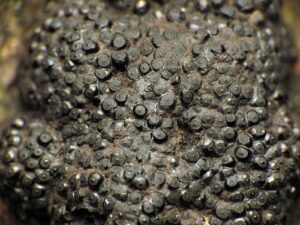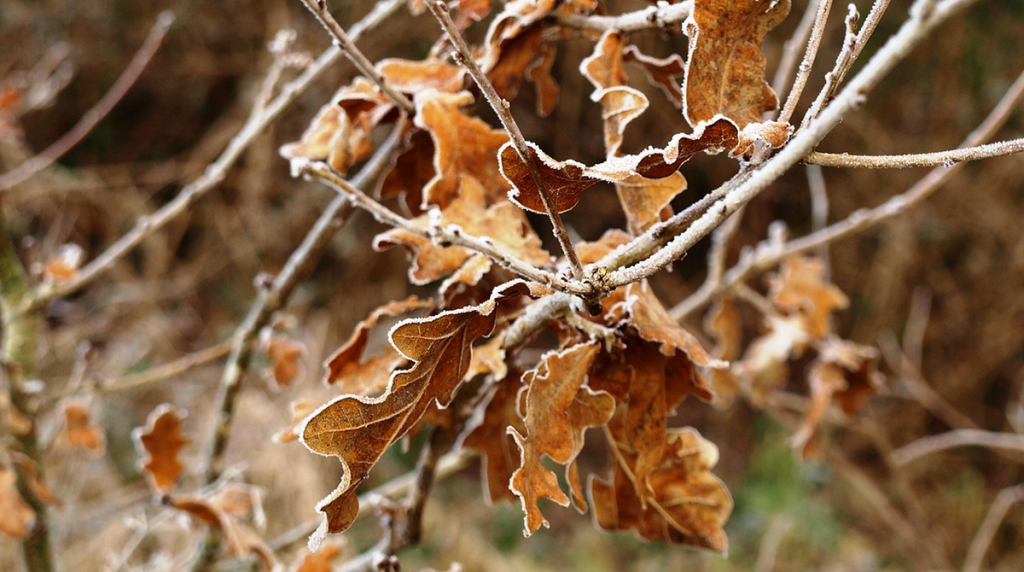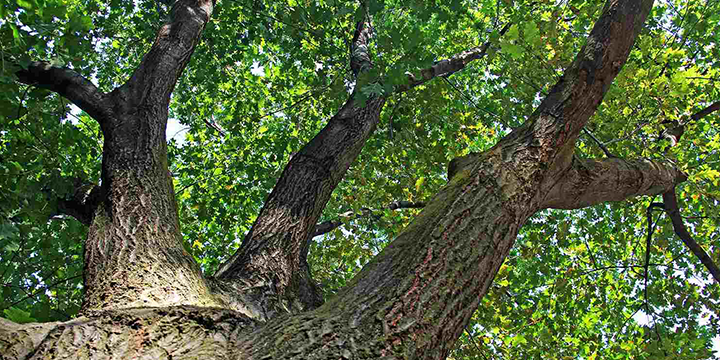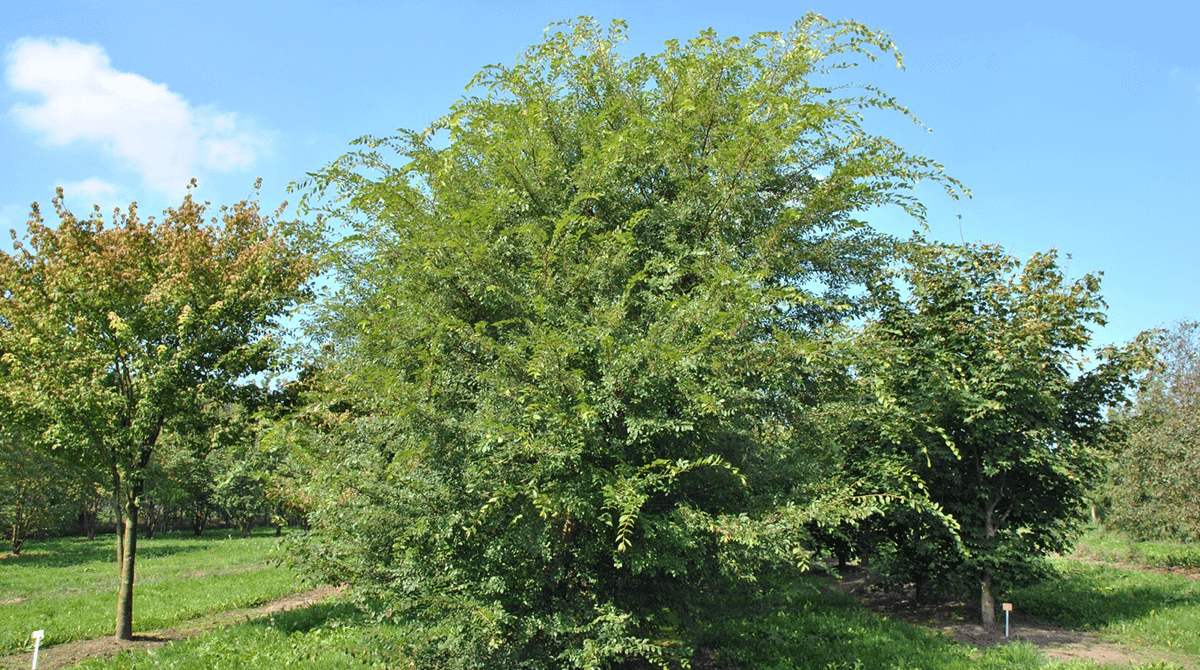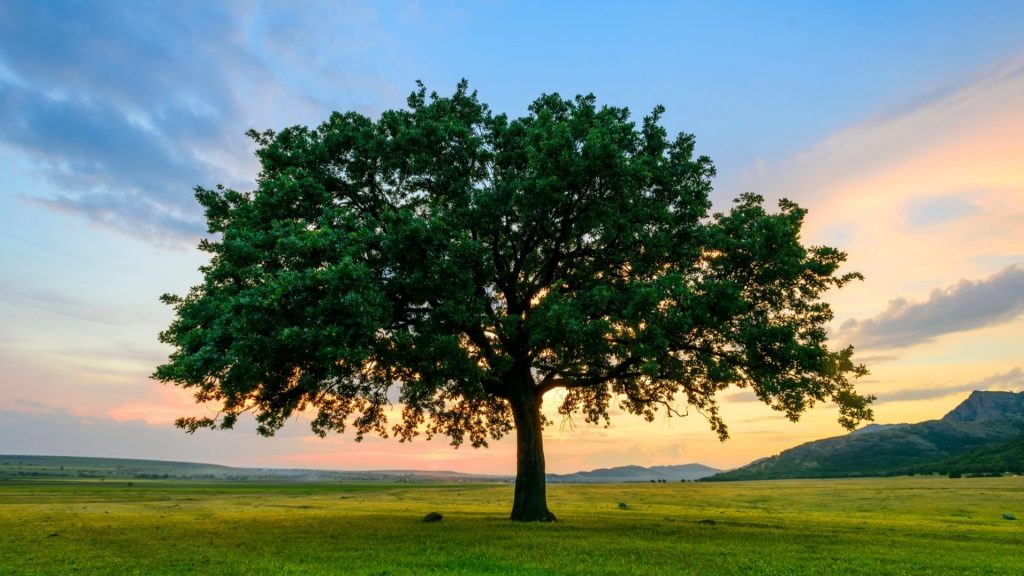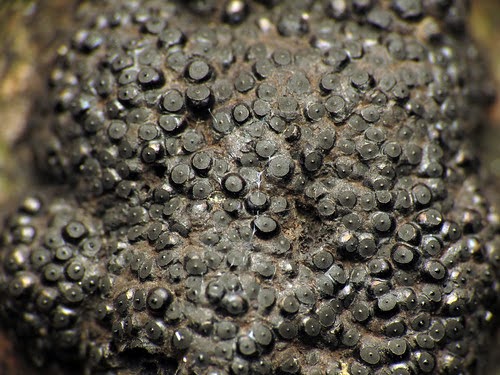
Combating Common Tree Diseases and Fungus
Date March 08, 2024
In North Texas, trees can become infected with disease for various reasons, including drought or stress. It’s important to know the symptoms of tree disease so property owners can take quick action to mitigate the effects and prevent the spread to other trees. To help homeowners keep their trees healthy and vibrant, we’re discussing three common tree diseases in Fort Worth and ways to manage them effectively.
Hypoxylon Canker
Image via Flickr by Katja Schulz
Hypoxylon canker is one of the most severe tree diseases in Fort Worth, mostly because there’s no treatment once a tree becomes infected. It’s common in distressed trees, particularly those in dry climates. Oaks, sycamores, and elm trees have higher risks of becoming infected with this disease.
Symptoms of hypoxylon canker include:
- Peeling bark from the trunk and branches.
- Dark lesions that eventually appear black and burned.
- A loss of leaves resulting in a dying canopy.
Since there’s no cure for hypoxylon canker, it’s essential to prevent the disease before it appears. Property owners should keep an eye on their trees to make sure they don’t appear stressed, especially during dry seasons. Consistent watering during periods of drought can also go a long way toward preventing hypoxylon canker.
Oak Wilt
Oak wilt is one of the most common tree diseases in Texas, according to the Texas A&M Forest Service. It spreads through beetles that carry infected spores from one tree to another. Once a tree gets infected, it can spread the disease to other nearby trees through its root system. In Fort Worth, red oaks can be particularly susceptible to the disease.
The symptoms of oak wilt include:
- Dead, dying, or wilted leaves.
- Premature changes in leaf color.
- Early dropping of leaves.
- Signs of decay at the base of the trunk.
To manage oak wilt, property owners should take preventive measures to stop the disease before it spreads. They should avoid pruning between February and June. If a tree does get infected with oak wilt, it should be treated or removed quickly to prevent the disease from spreading to other trees on a property.
Bacterial Leaf Scorch
Bacterial leaf scorch is a disease caused by insects that carry bacteria to trees. It impacts the movement of water through a tree system, causing the tree to become extremely dry. It’s common during the intense heat of a North Texas summer. It can occur in oaks, sycamores, elms, and box elders, among other trees.
The symptoms of bacterial leaf scorch include:
- A yellow or pale band that appears between the green and brown parts of a dying leaf.
- Dying branches.
- Early dropping of leaves.
Similar to other diseases, bacterial leaf scorch is easier to prevent than treat. If it occurs, property owners can use techniques such as mulching and irrigation to minimize the effects and spread of the disease.
These are just a few of the diseases that can affect trees in Fort Worth and the surrounding region. If a tree becomes diseased, it’s time to call the experts at TreeNewal. Our certified arborists can provide recommendations for tree disease management, such as pruning, soil conditioning, or technical treatments. Contact us today for more information.
